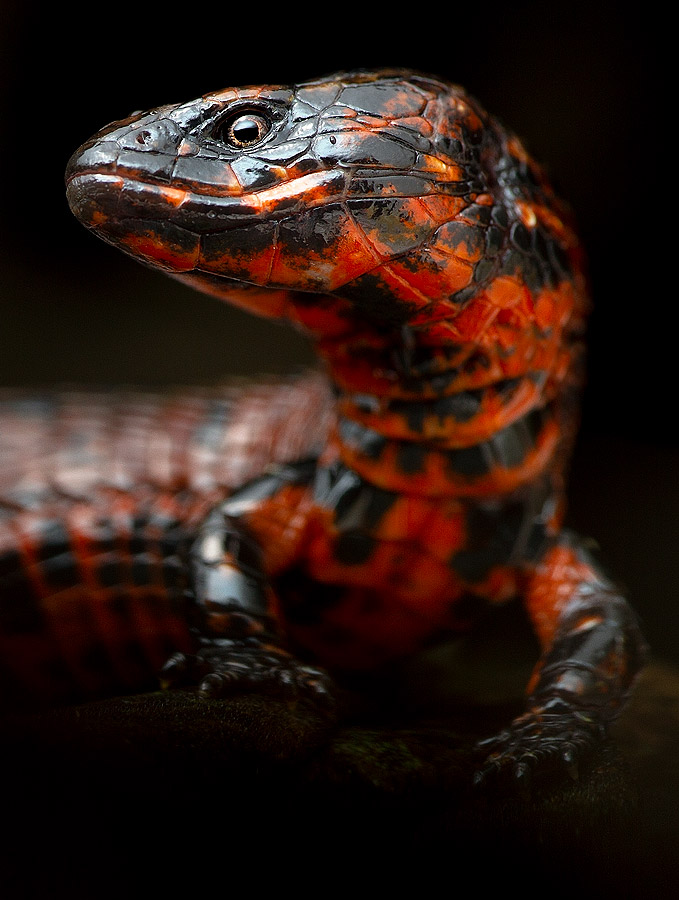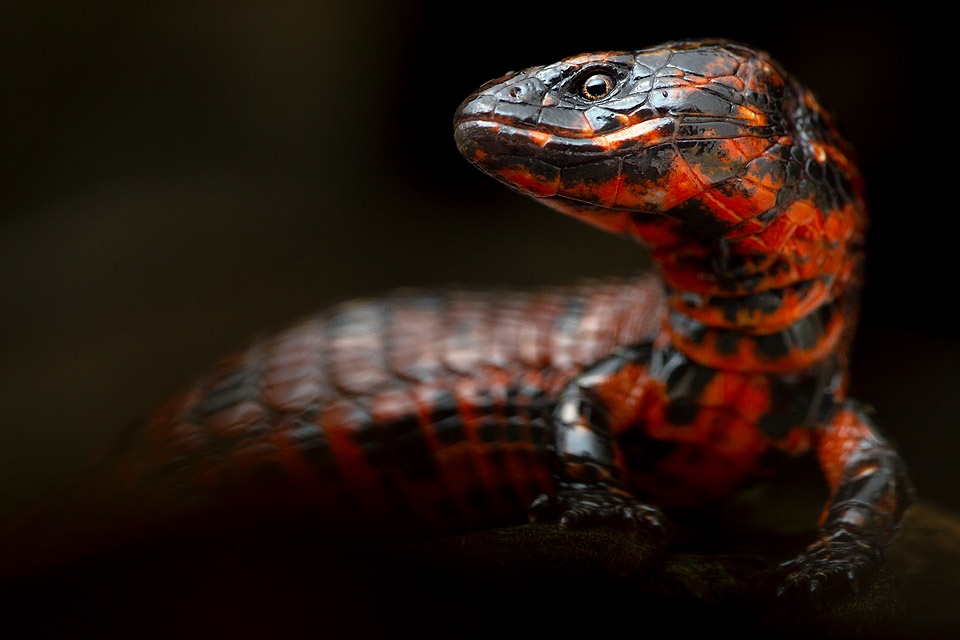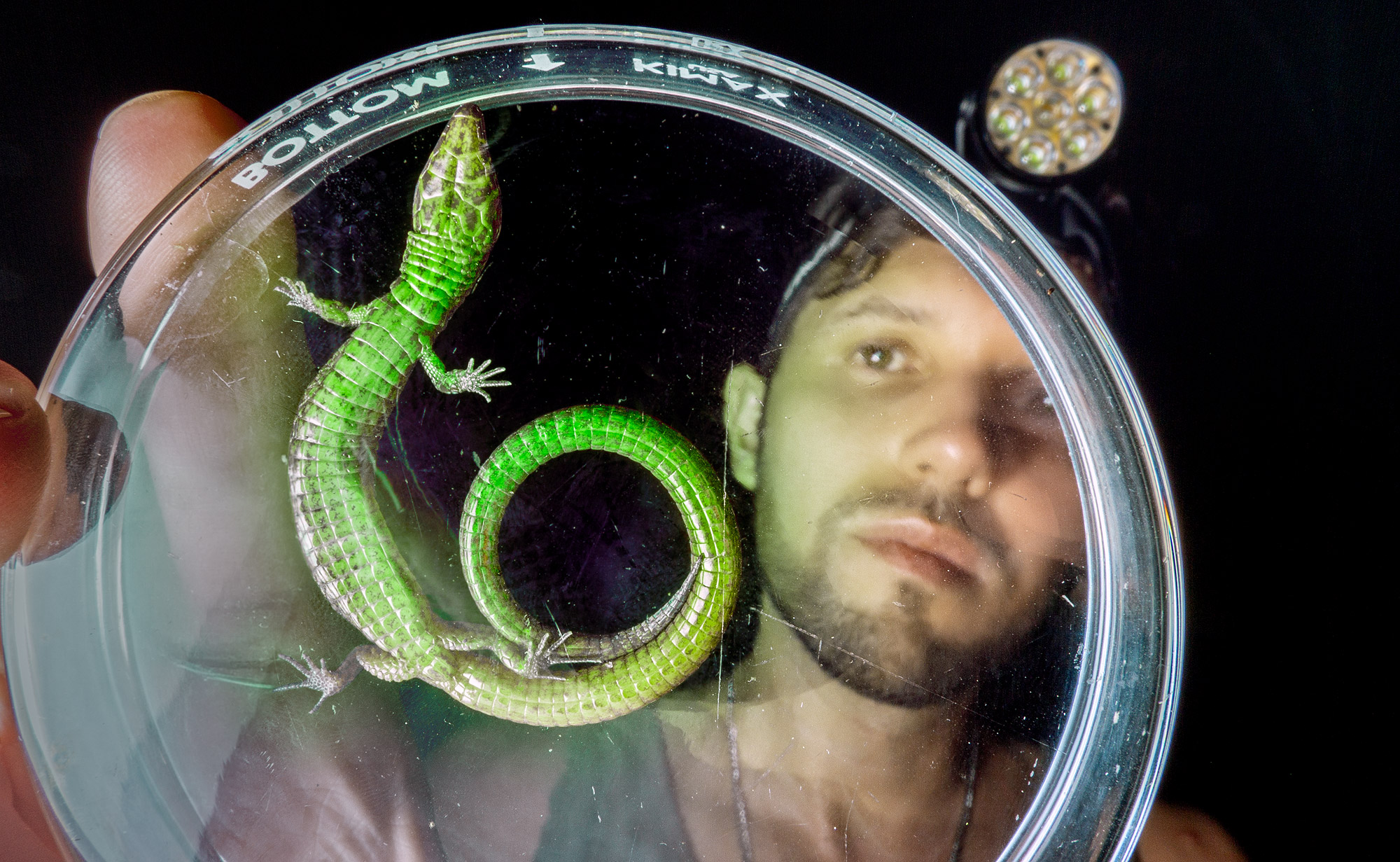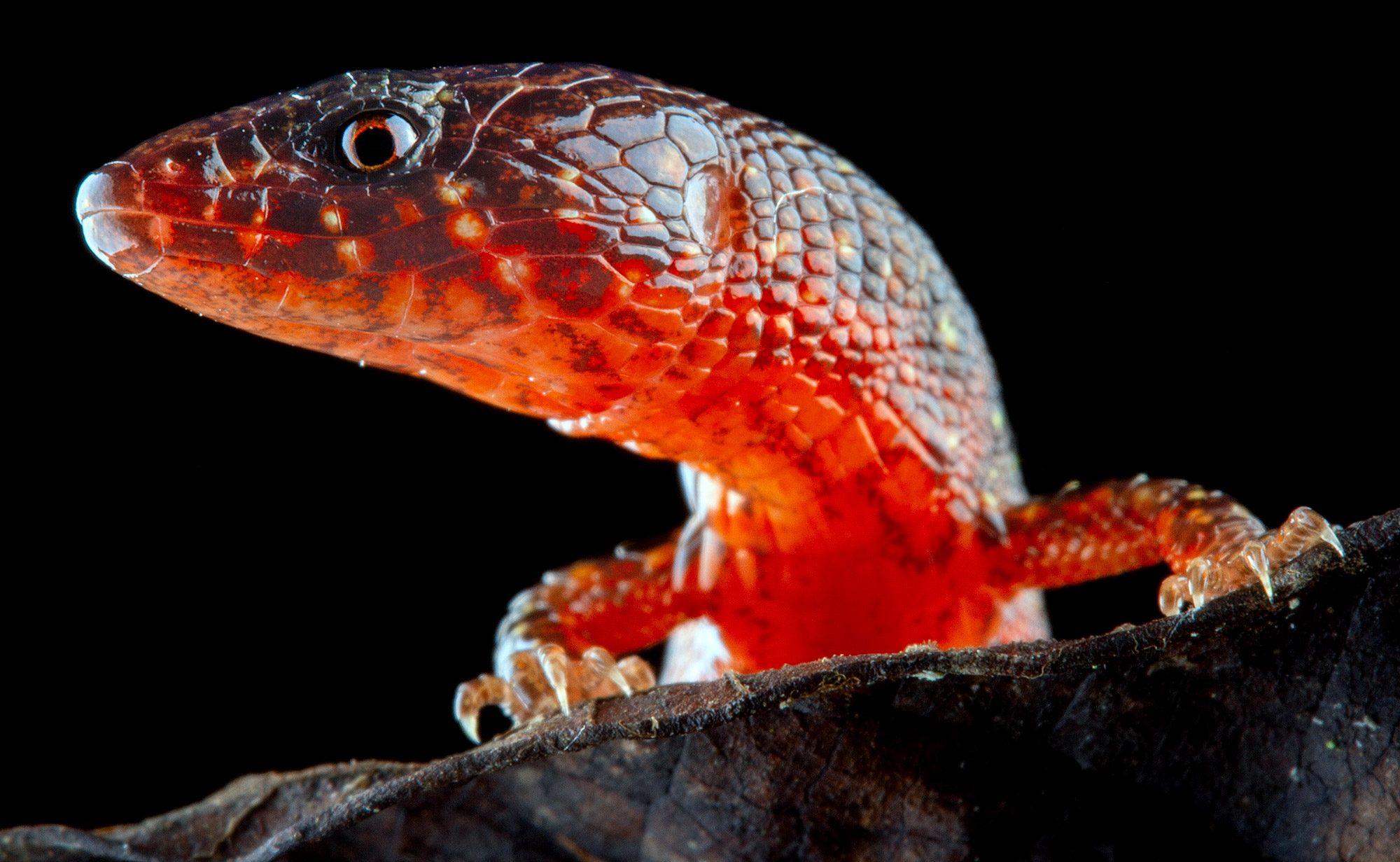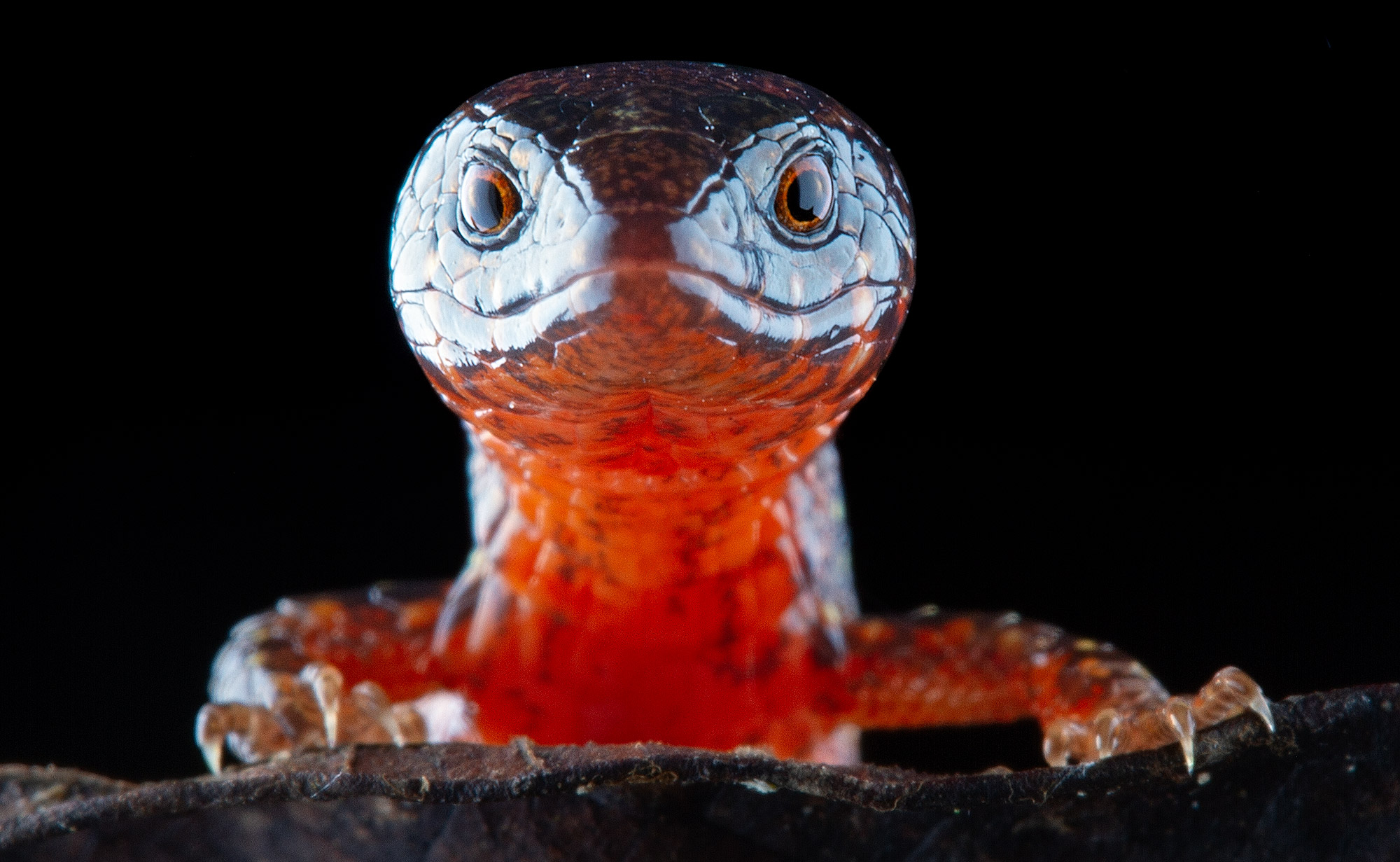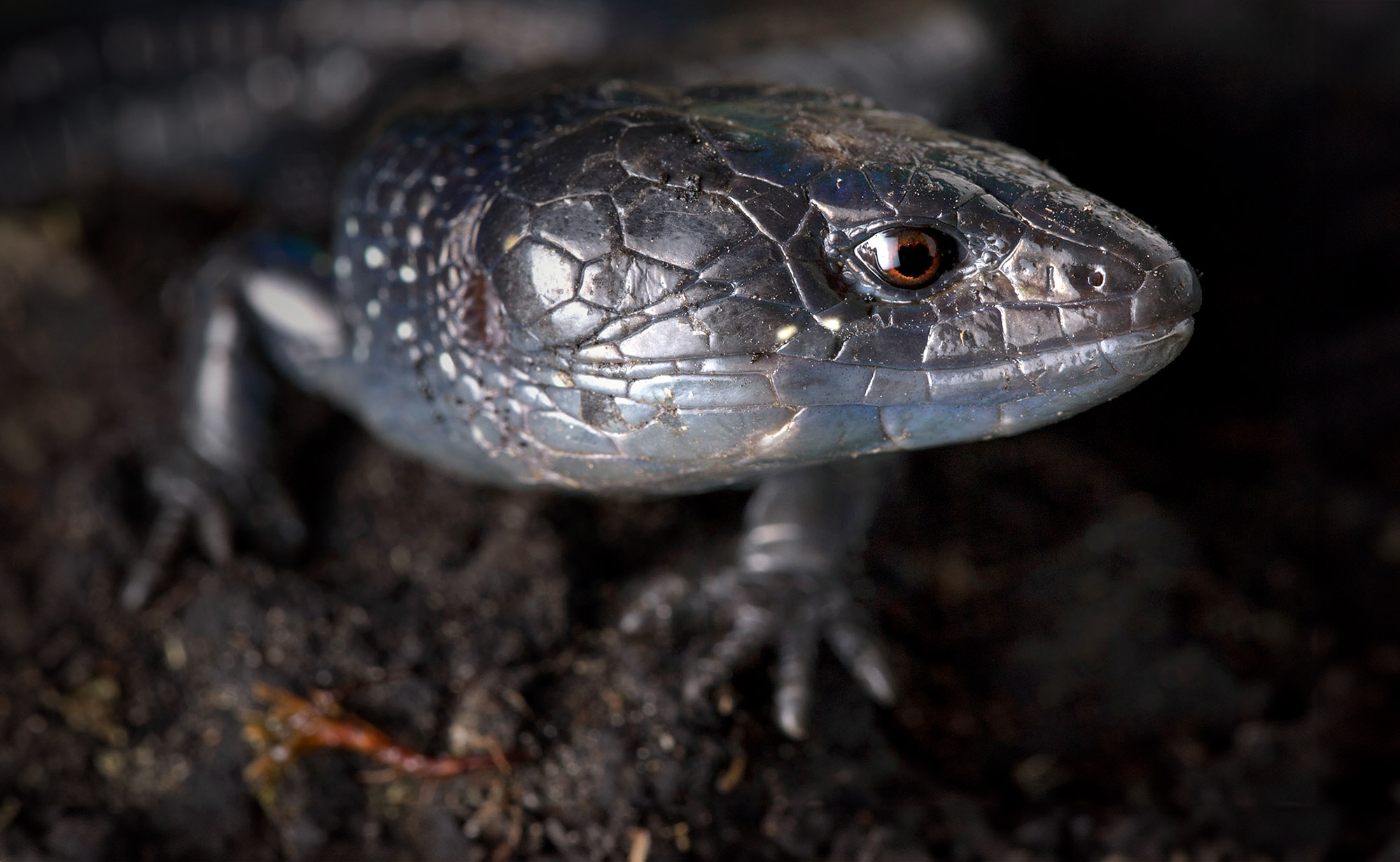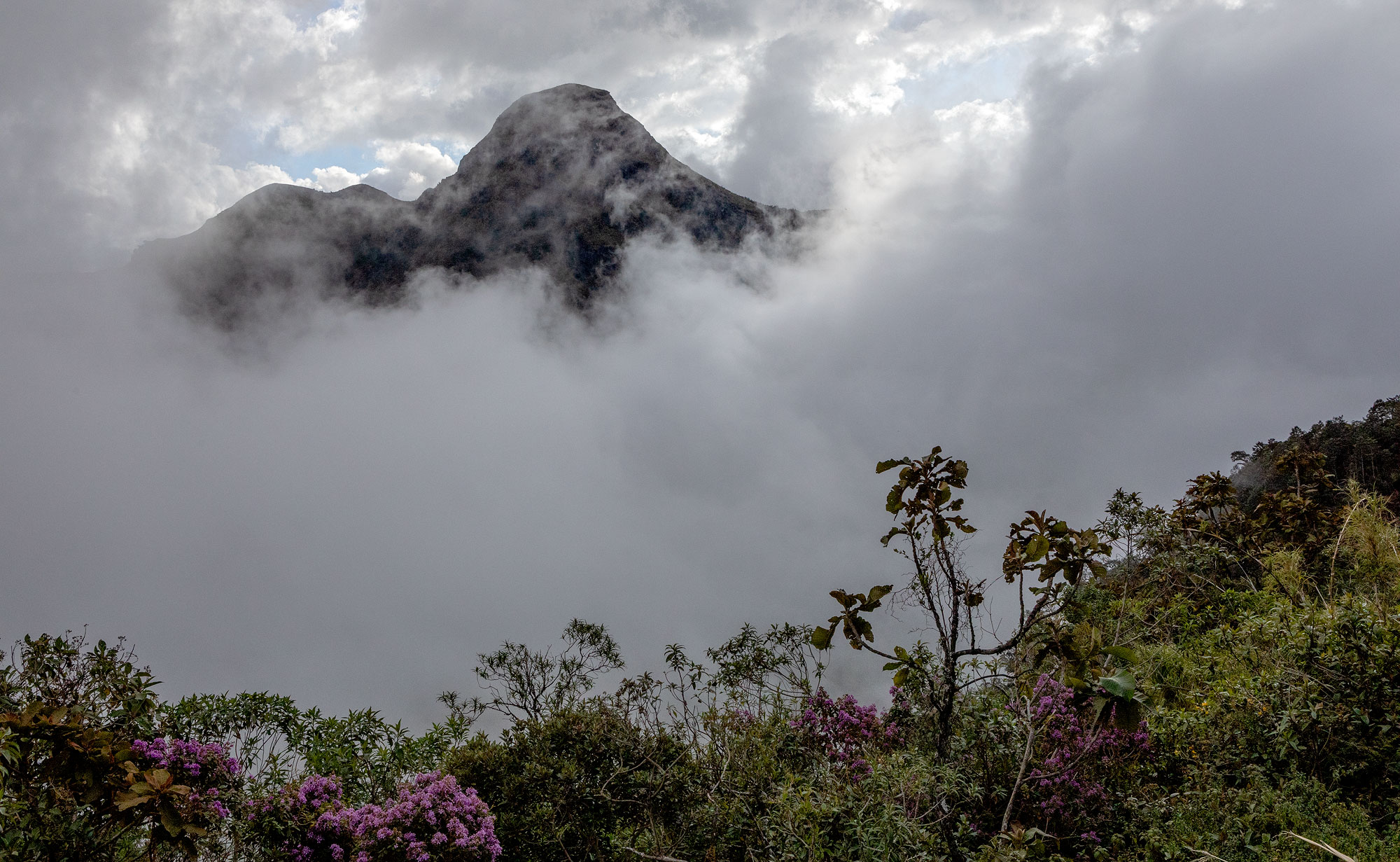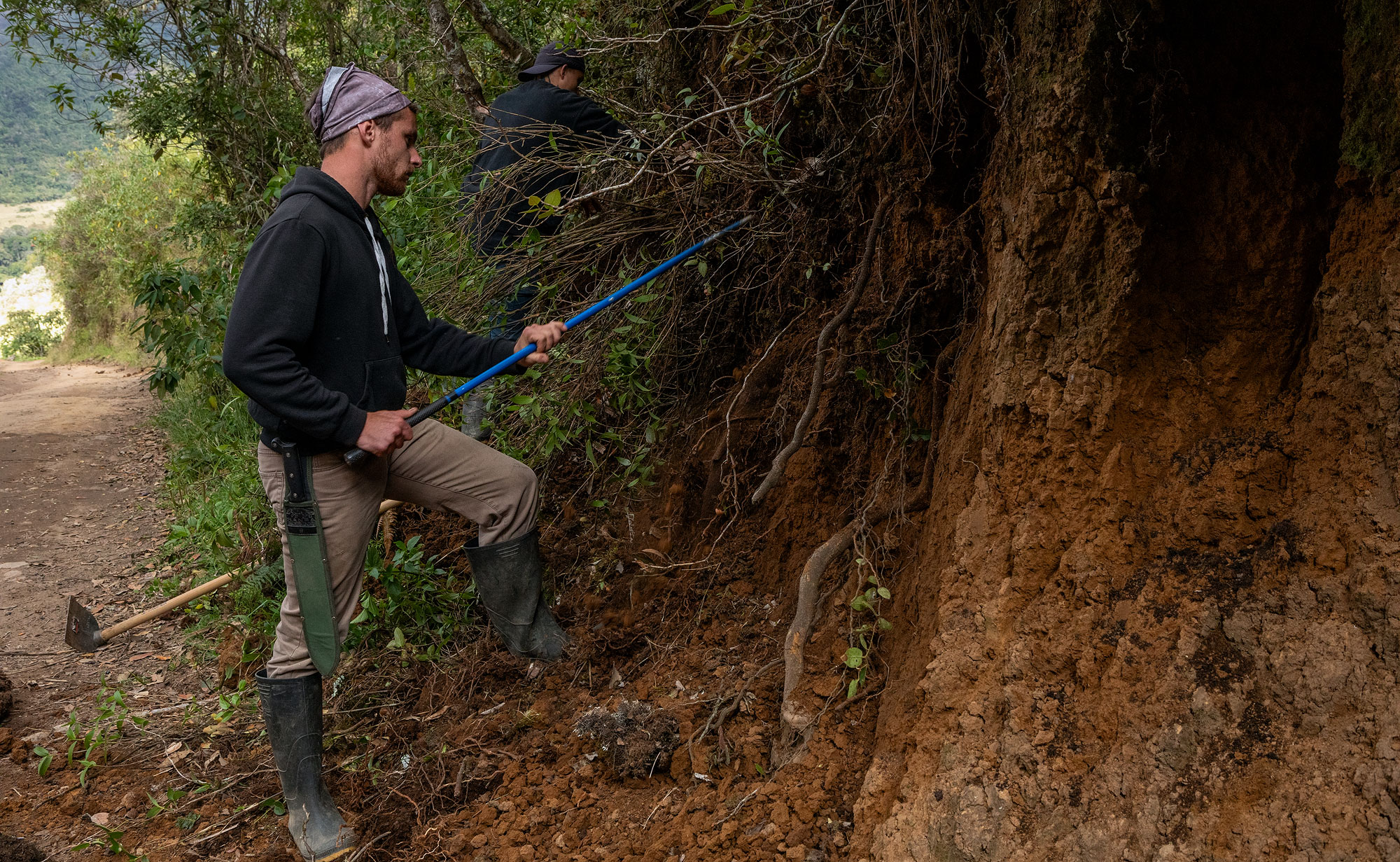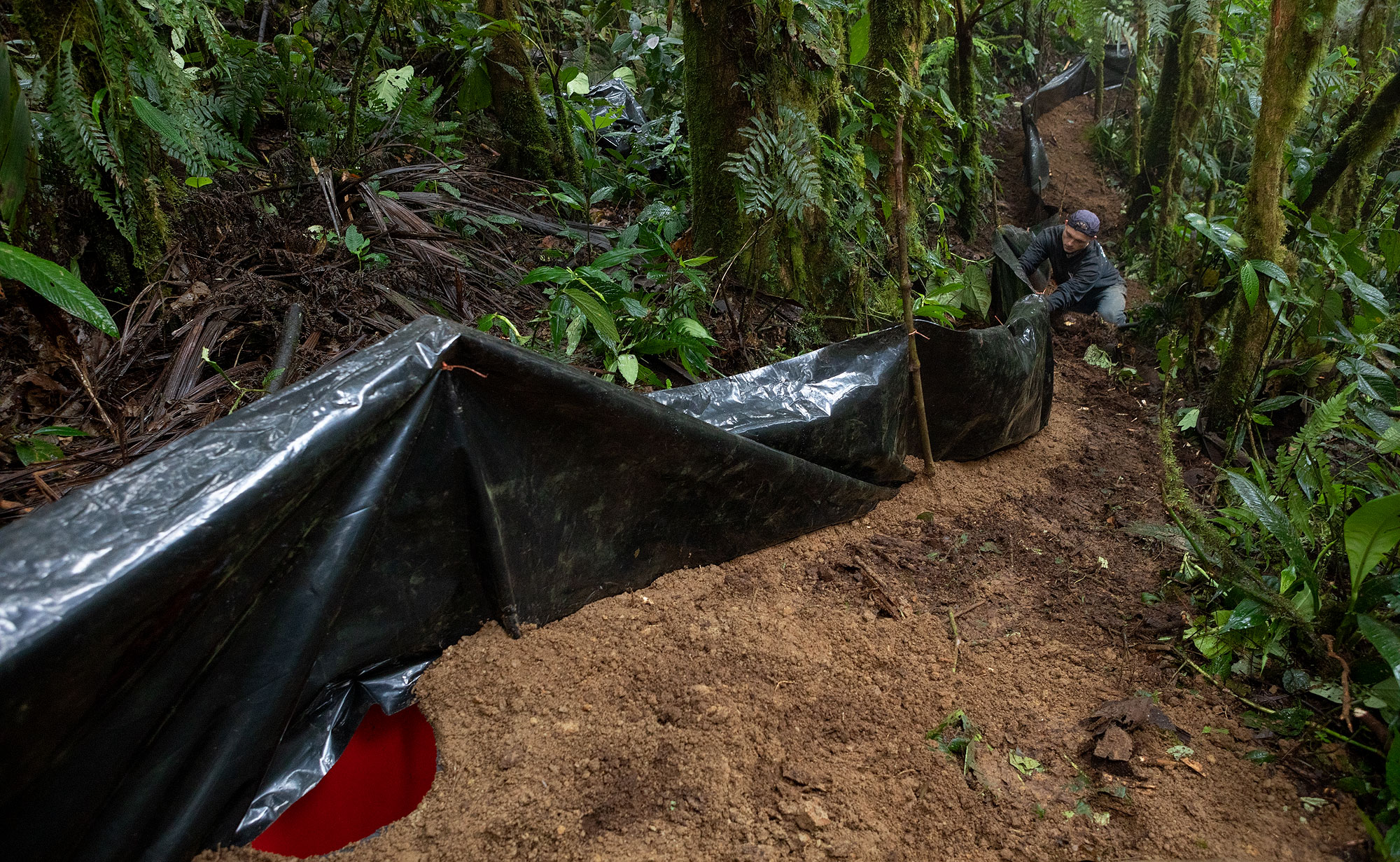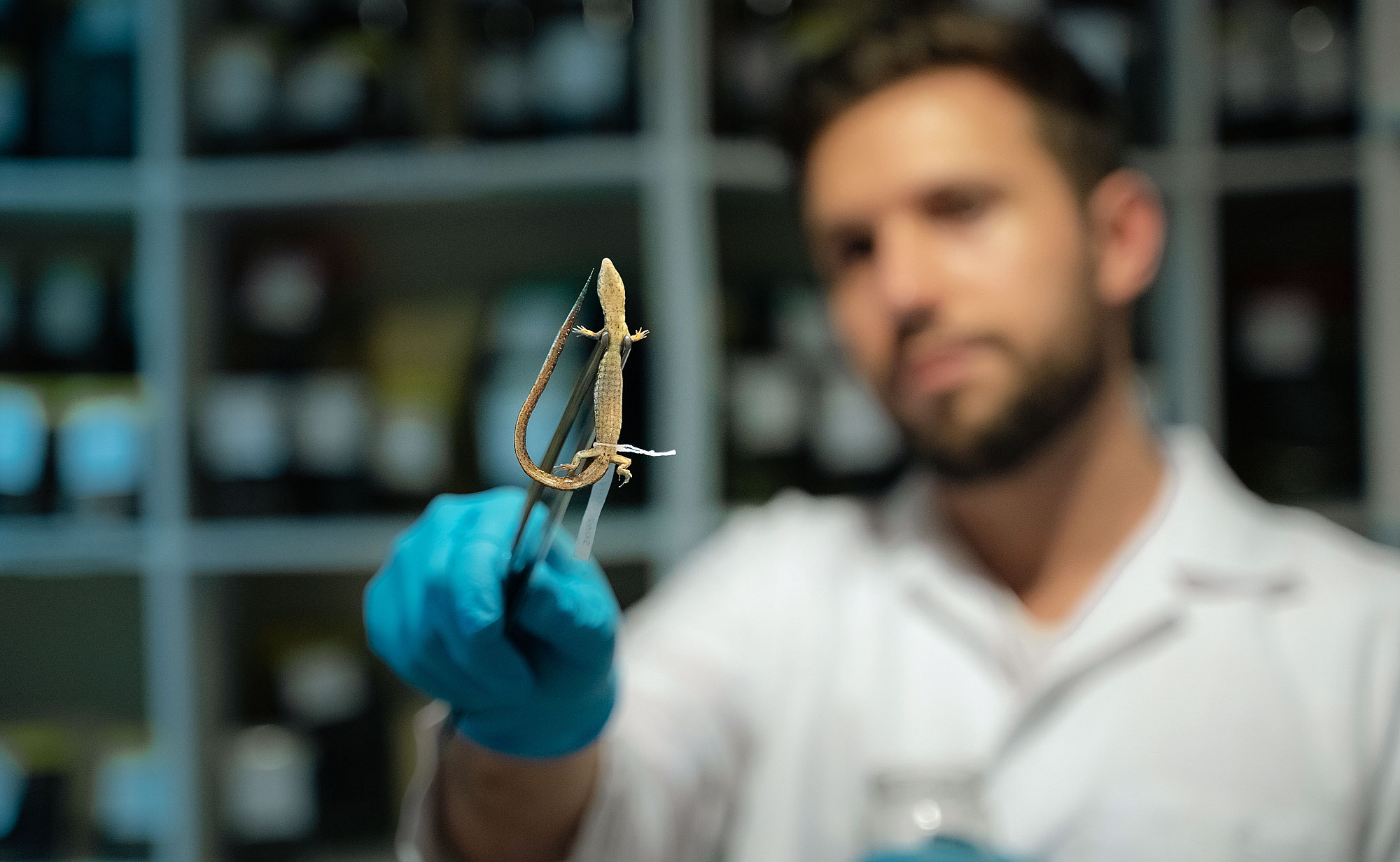Much like the incandescent lightbulb, the reptilian lightbulbs are a miraculous invention. These diminutive and ancient reptiles have adapted to thrive in the dark and remote canyons and caves of South America’s mountainous regions, where other lizards cannot survive.
Their lives are spent underground, crawling in perpetual darkness.
In 1939, American cryptozoologist Ivan Sanderson documented his expedition to Mount Aripo. While exploring dark subterranean pools, he unexpectedly spotted a faint, greenish glow emanating from a crevice.
Upon shining his flashlight into the crevice, he unveiled a small lizard. According to Sanderson’s account, the flanks of the saurian momentarily lit up. He remarked: “this creature seemed to produce its light in response to sudden emotional disturbance.”
This marked the initial recorded instance of a “luminous lizard,” giving birth to the term “lightbulb lizard.”
Despite the significance of this discovery, no other studies corroborated the lightbulb lizard’s extraordinary light-producing ability for 65 years.
That was the status quo until 2004 when American explorer Michael Knight and his colleagues published a study on these lizards. They presented evidence indicating that, “the lizards’ scales are highly reflective and, when combined with fluctuations in dermal pigmentation, this produces an optical illusion consistent with early natural history observations.”
However, no evidence of bioluminescence was found, at least not in that particular species.
Nonetheless, there are currently 34 identified species of lightbulb lizards, and many more may remain undiscovered.
Could it be plausible that one of these unexamined lizards genuinely radiates light in the darkness?
This is one of the questions we attempt to answer in this research project
